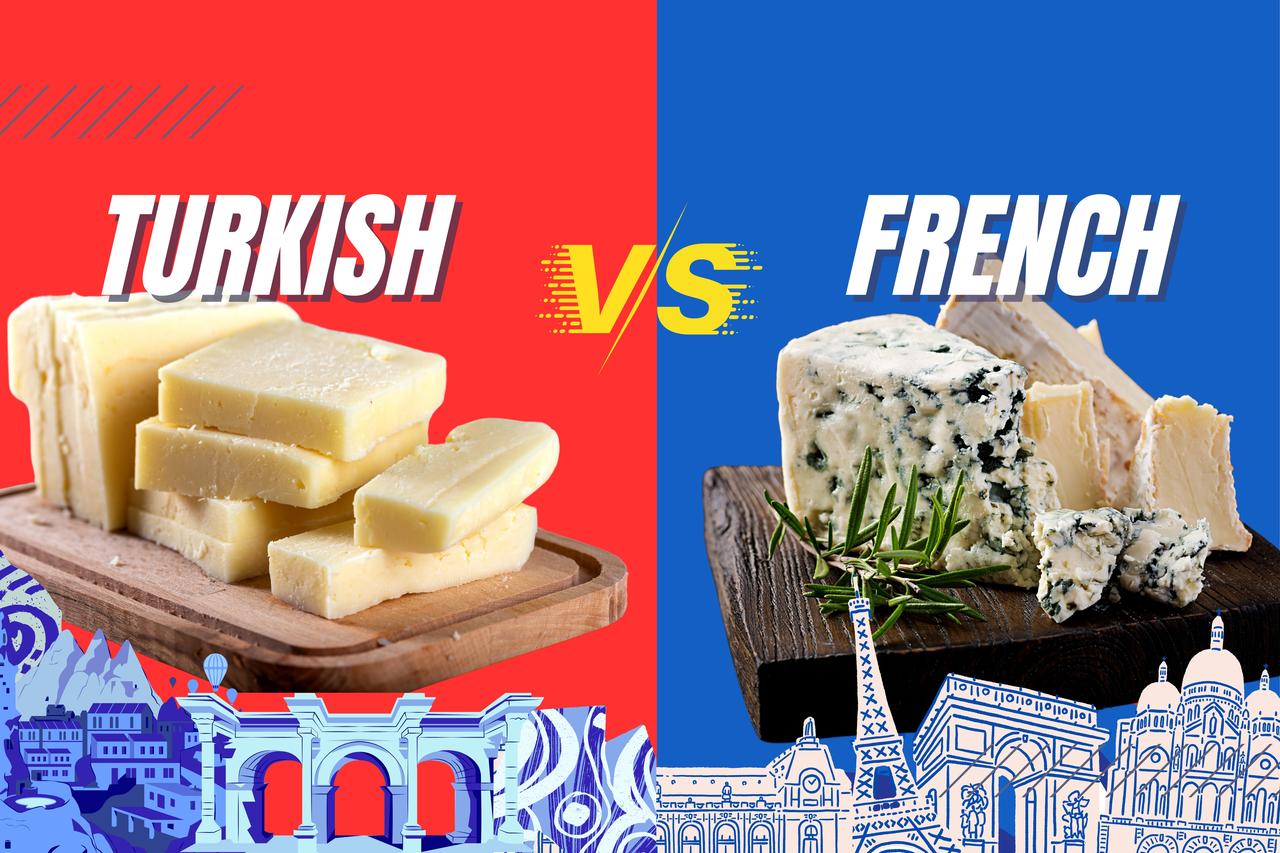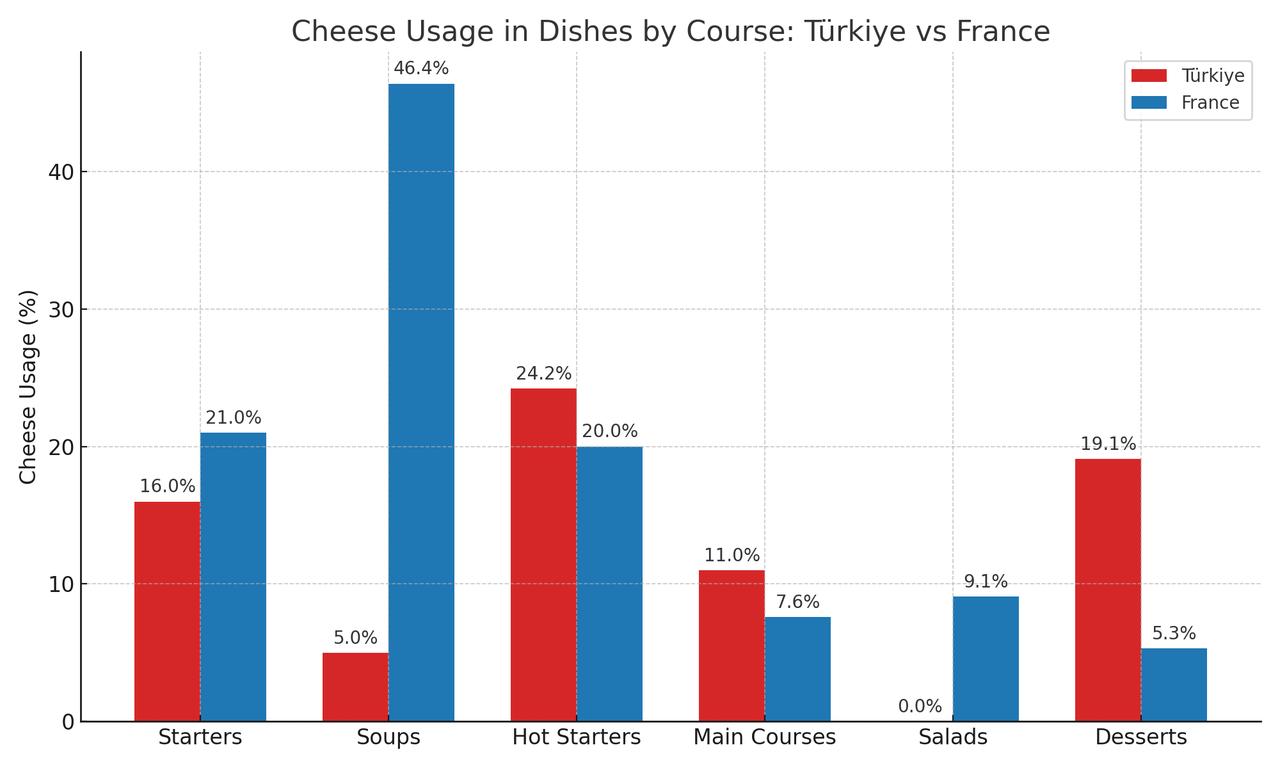
Cheese is more than just a food item—it is a cultural symbol with ancient roots that stretch from Mesopotamia to the Mediterranean, and from the Anatolian plains to the rolling hills of France. A new study by researchers Zeynep Mentese and Sevki Ulema offers the first comparative analysis of cheese usage in Türkiye and French cuisines, uncovering both surprising similarities and revealing differences between the two.
While France is globally renowned for its cheese-making artistry, Türkiye boasts an equally rich, albeit under-recognized, cheese heritage. The research, published in Aydin Gastronomy, examined 1,253 recipes drawn from culinary literature across both nations. The findings reveal intriguing insights into regional tastes, food traditions, and the evolving role of cheese in gastronomy.
Cheese has held an essential place in both cultures for millennia. Evidence from Catalhoyuk in Türkiye indicates cheese production dating back to 5900 B.C. Meanwhile, in France, cheese is intimately tied to terroir—the sense of place that defines French gastronomy. With over 1,000 types of cheese, 46 of which are protected by the European Union's PDO label, France is a titan in the global dairy world.
Türkiye, while home to over 190 varieties of cheese, including unique regional types like tulum, mihalic, and civil, has not yet reached the same level of international recognition. The study suggests that standardization and branding are critical for elevating Turkish cheeses to global prominence.

The research categorized the recipes by course: starters, soups, hot dishes, main courses, salads, and desserts. In Türkiye, cheese featured in 15.8% of dishes, compared to 13.8% in France. Interestingly, Turkish cuisine showed a broader diversity in cheese types (16), while French cuisine included 23 varieties but relied more heavily on a select few, such as Gruyère and Roquefort.
Both nations favor cow’s milk cheese, making up 40% of cheese used in Turkish recipes and even more in French dishes. Türkiye also makes notable use of goat and sheep milk cheeses, while France leans heavily on sheep milk in its famed blue cheeses and goat milk in creamy starters.
Interestingly, mold-ripened cheeses appeared only in French recipes. No Turkish dish in the study featured blue cheese, underscoring both taste preference and culinary tradition.
In Türkiye, cheese is primarily associated with breakfast but is increasingly used in other meal courses. In France, cheese often plays the role of a companion to wine but remains a versatile ingredient across courses. Both cultures use cheese to elevate texture, flavor, and regional identity in their dishes.
The study concludes that despite cultural and historical differences, Turkish and French cuisines share a common respect for cheese. However, Türkiye’s cheese culture remains a largely untapped gastronomic asset on the world stage.